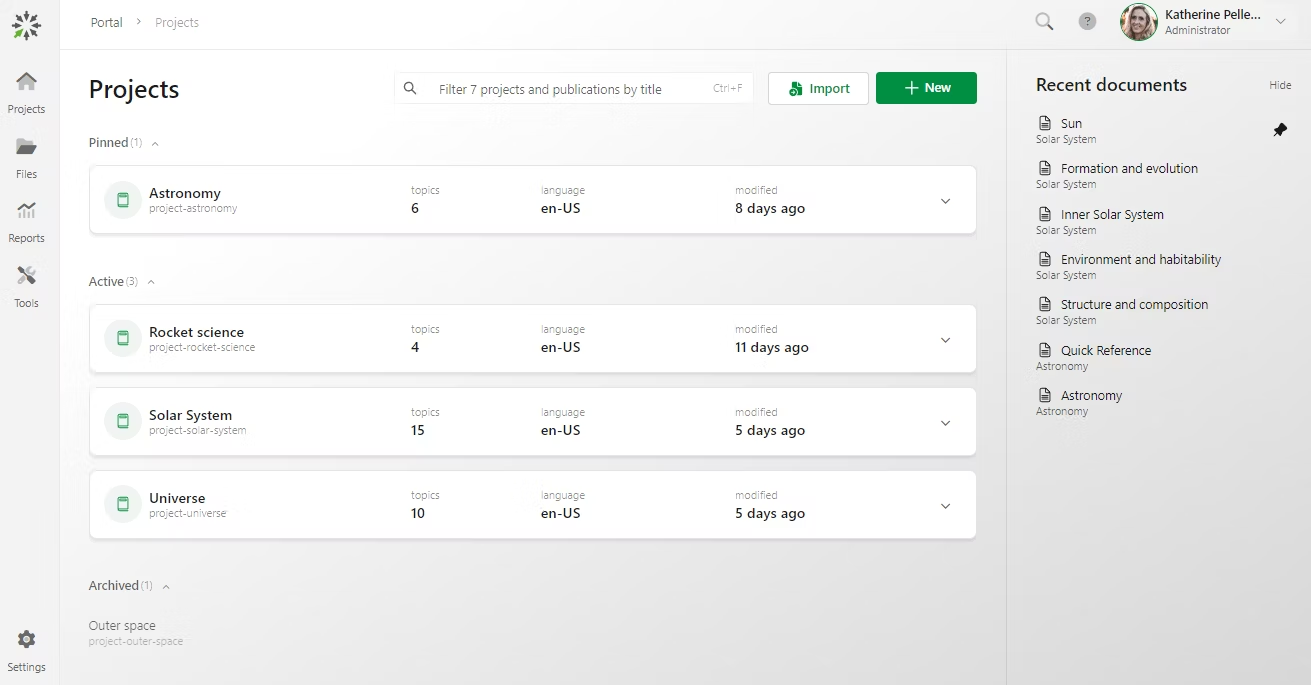In my decades working in complex engineering projects and software development, I’ve consistently observed a critical bottleneck: the absence of a clear, accurate technical manual.
Even brilliant innovations falter, not due to design flaws, but because their intricacies remain inaccessible to users or even other team members.
A well-written technical manual transforms complex procedures and intricate systems into actionable knowledge, empowering users to operate, troubleshoot, and maintain products with confidence.
In this guide, I’ll provide a definitive blueprint for writing a technical manual that not only meets industry standards but genuinely serves as a lifeline for your audience.
What Is a Technical Manual?
A technical manual is a comprehensive guide offering instructions on operating, maintaining, troubleshooting, and repairing a product or system. It serves as a critical resource for users, technicians, and engineers, providing clear information to understand the product’s functionality and address issues.
Technical manuals are typically used for complex equipment, machinery, and software. They often include an introduction, safety guidelines, installation instructions, operational procedures, maintenance schedules, troubleshooting tips, and technical specifications. They could take the form of step-by-step instructions, diagrams, and illustrations.
For example, a technical manual for a commercial-grade 3D printer would begin with an overview of the features and safety instructions to prevent operational accidents. It would guide users through setup, including unpacking, assembly, and calibration.
Let me show you how Mimosa Networks created detailed technical documentation with images and code snippets using ProProfs Knowledge Base.
What Are the Best Practices for Creating/Writing Technical Manuals?
Before discussing how to write a technical manual, let’s look at some best practices.
Establishing the right foundation before beginning the writing process is essential to ensuring clarity, usability, and effectiveness.
1. Understand Your Audience
Identify who will be reading the manual and their level of expertise. Tailor the language, tone, and depth of information to meet their needs.
2. Define the Manual’s Purpose
Clarify the specific goals of the manual. Is it for troubleshooting, installation, or product use? Defining the purpose ensures the content stays focused.
3. Create a Clear Structure
Organize the manual into logical sections such as introduction, setup, usage, troubleshooting, and FAQs. This helps readers quickly find relevant information.
4. Use Simple, Concise Language
Avoid jargon unless necessary and keep sentences short. Use clear, direct language to ensure users can easily follow the instructions.
5. Incorporate Visuals & Examples
Add screenshots, diagrams, and step-by-step visuals to complement the text and provide clarity. Visual aids are often essential in making complex concepts easier to understand.
6. Plan for Consistency
Develop a consistent style guide for writing and formatting the manual. Consistent terminology, font sizes, and heading structures make the manual easier to navigate.
7. Think About Updates & Revisions
Consider how often the manual will need to be updated. Design it with flexibility in mind so that changes can be easily incorporated as the product evolves.
8. Ensure Accuracy & Testing
Before finalizing the manual, test the instructions yourself or with others to ensure they are clear and lead to successful results. Accuracy is key to usability.
9. Plan for Accessibility
Make sure the manual is accessible to users with disabilities, such as including alt text for images and providing alternative formats like PDFs or web-based manuals.
10. Consider SEO
If the manual will be hosted online, include relevant keywords to improve searchability. This can help users find the manual easily when they need it.
How to Create Helpful Technical Manuals in Simple Steps
Creating error-free and helpful technical manuals isn’t as ‘technical’ as it sounds, provided you’re assisted by a feature-rich knowledge base platform.
We use ProProfs Knowledge Base to create user manuals and guides. Here’s how:
1. Start With a Template or from Scratch

The first step in creating effective technical manuals is organizing the content structure. You can use pre-built templates designed for technical documentation, such as installation guides or user manuals, or start from scratch. Here’s how:
- After logging in, click on Sites, then select + Create New
- Choose a New Site and pick a template for your manual. For example, select a “User Manual” template for your software
- If you prefer custom organization, start from scratch and structure content into folders like “System Requirements,” “Installation Instructions,” and “Troubleshooting.”
2. Customize Your Template

Once you’ve selected a template, personalize it to match your product and brand. Adjust the layout, fonts, colors, and add your logo. Here’s how:
- Click Edit Home to access the builder
- Upload your logo by selecting the highlighted icon in the top-right corner
- Add customized menu items to your header, which helps users navigate easily.
3. Import Your Existing Documents & Content

Already have content in Word, PDF, or slide format?
You can easily import these files to avoid rewriting everything. Here’s how:
- Click Settings in the header menu, and from the dropdown, select the site to import files
- Go to Import Sites > Import Files
- No need to rewrite everything—just adjust, format, and incorporate.
4. Create & Enhance Content With AI Writer

Use the AI Writer to draft technical manual sections faster. Here’s how:
- Click +New, choose Page, and select Article as the template.
- Click on the AI icon, select Generate with AI, and let it help generate content for specific tasks. For example: “Create a step-by-step guide for configuring user permissions.”
Start with a ‘Getting Started’ section to provide a clear and concise introduction to the product or process, offering an overview of key features, functionalities, and benefits.
It should address basic setup and installation procedures, system requirements, and initial configuration steps.
Here’s an example of a sample prompt I used to create technical manual content with AI. You can tweak this prompt depending on your topic and other requirements:
“Create a help page for the technical manual of [ProConnect CRM]. This page should explain how to use the [Contact Tagging Feature] effectively.
Include the following sections:
-[Introduction – Brief overview of what the feature is and its purpose.
-When to Use – Scenarios or use-cases where this feature is applicable.
-Step-by-Step Instructions – Clear, numbered steps on how to use the feature, including any prerequisites.
-Tips and Best Practices – Helpful suggestions to avoid common mistakes or get the best results.
-Troubleshooting – Common issues and how to resolve them.]
The content should be simple, easy to follow, and suitable for a user with [Beginner/Intermediate/Advanced] technical knowledge. Use clear language and avoid jargon where possible.”
Here’s what the result looks like:

5. Add Technical Specifications & Detailed Instructions
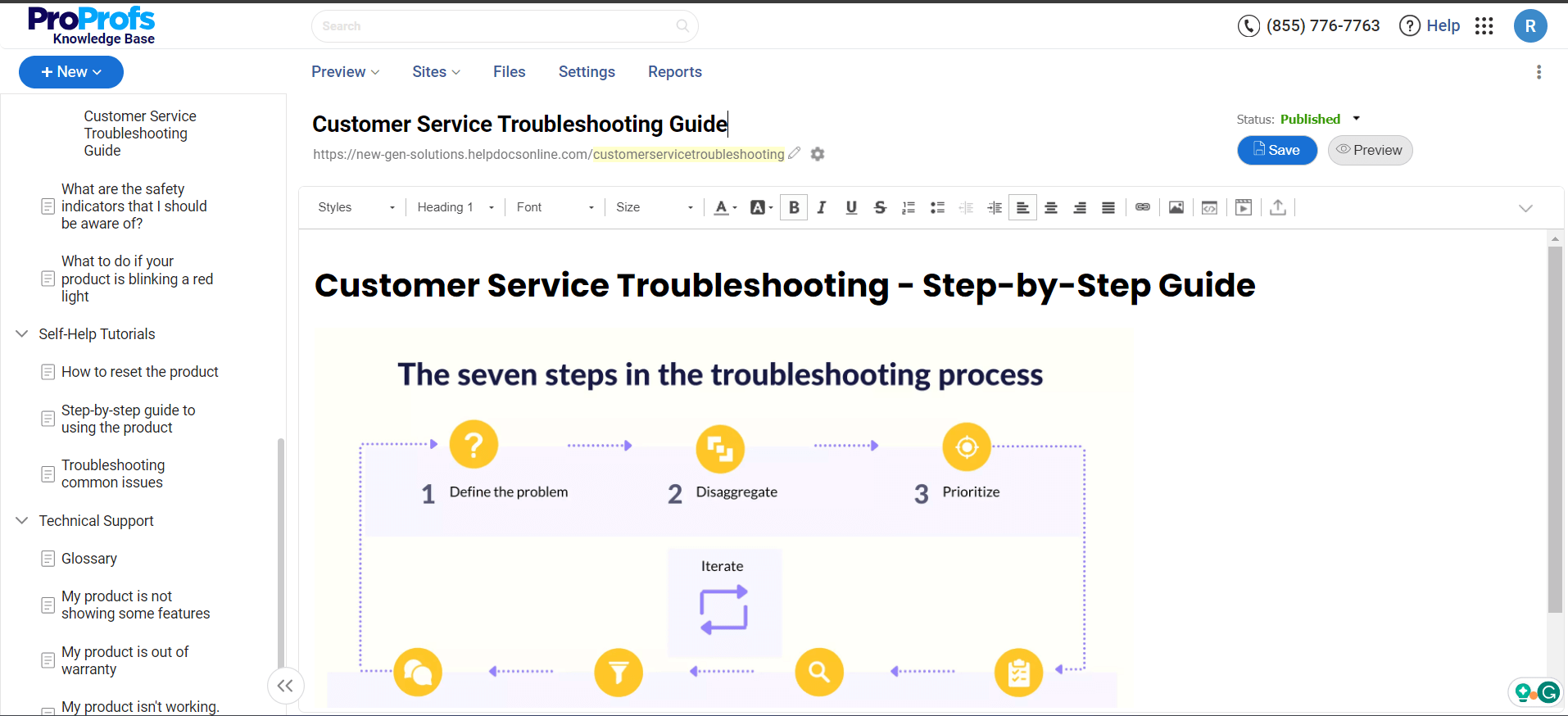
Provide precise, detailed, and accurate instructions in technical manuals. Whether you’re installing software, setting up hardware, or troubleshooting, break down each step into clear, actionable instructions.
To ensure completeness, include technical specifications like system requirements, software versions, and settings.
For example, explain how to configure the system step by step, with exact button clicks, menus, or command-line entries.
6. Organize & Make Content Searchable

Organizing content is crucial for usability. Organize articles into relevant categories, and use tags to further streamline navigation.
Follow these steps to add a Merge Tag:
- In the article editor, select the location where you want to add dynamic content, such as links to related articles or categories.
- Click on the Merge Tags icon in the toolbar and choose the tag you need (e.g., article links, categories, or related content).
- Insert the tag into the article, and it will automatically pull the relevant content.
Now, to add a ToC, follow these steps:
- In the Article Settings, enable the Table of Contents option by toggling it on.
- The system automatically scans your article for headings and subheadings, creating a TOC with clickable links. You can customize the TOC by adjusting the headings you want to include (H1, H2, etc.) and their order.
7. Publish & Keep Content Updated

Once your technical manual is ready, preview it to catch any errors or broken links. Here’s how to publish:
- Click the Edit icon on the home page.
- Before publishing your online documentation, you can use the Preview function to see how it will look to your audience. This lets you catch any formatting errors, inconsistencies, or broken links.
- Once satisfied, click Save & Done, and your documentation will automatically publish.
- You can also share the manual URL, export it as a PDF, extract page details in JSON/XML/CSV, or create a backup in HTML.
What Are the Types of Technical Manuals?
Different technical manuals serve different purposes, primarily helping users understand how to use and maintain a product effectively, improve product quality, and provide customer support.
Let’s have a look at its common types.
1. Product Manuals

Product manuals are extensive guides that provide detailed information about a particular product, including its features, installation instructions, and proper use.
They may also include safety precautions, maintenance guidelines, troubleshooting tips, and frequently asked questions (FAQs).
For example, a smartphone user manual would introduce the device’s essential features and explain how to power it on, navigate the user interface, and connect to a network.
2. Repair Manuals
Repair manuals provide detailed instructions for repairing a specific product or system. They typically cover topics like disassembly, troubleshooting, parts identification, and reassembly.
They often include step-by-step procedures, annotated diagrams or photographs, and required tools and equipment.
For example, an auto repair manual would include detailed instructions for diagnosing and repairing specific vehicle components, such as the engine, transmission, or electrical system.
3. Troubleshoot Guides
Creating troubleshooting guides helps users identify and resolve problems with a particular product or system.
They usually list common issues or error messages, potential causes, and recommended solutions. Troubleshoot guides may include flowcharts or decision trees to help users solve problems systematically.
For example, a network troubleshooting guide would list issues related to network connectivity, such as slow internet speed or intermittent connection drops.
4. User Manuals

What’s the difference between technical manuals vs user manuals? They may look the same, but differ slightly.
User manuals provide general instructions for end-users on using a product, while technical manuals offer detailed, often complex information for technicians or developers about the product’s inner workings and maintenance.
To aid understanding, they often include step-by-step instructions, labeled diagrams, and screenshots.
For example, a camera user manual would start with instructions on inserting the battery and memory card, attaching lenses, and powering the device.
5. API Documentation
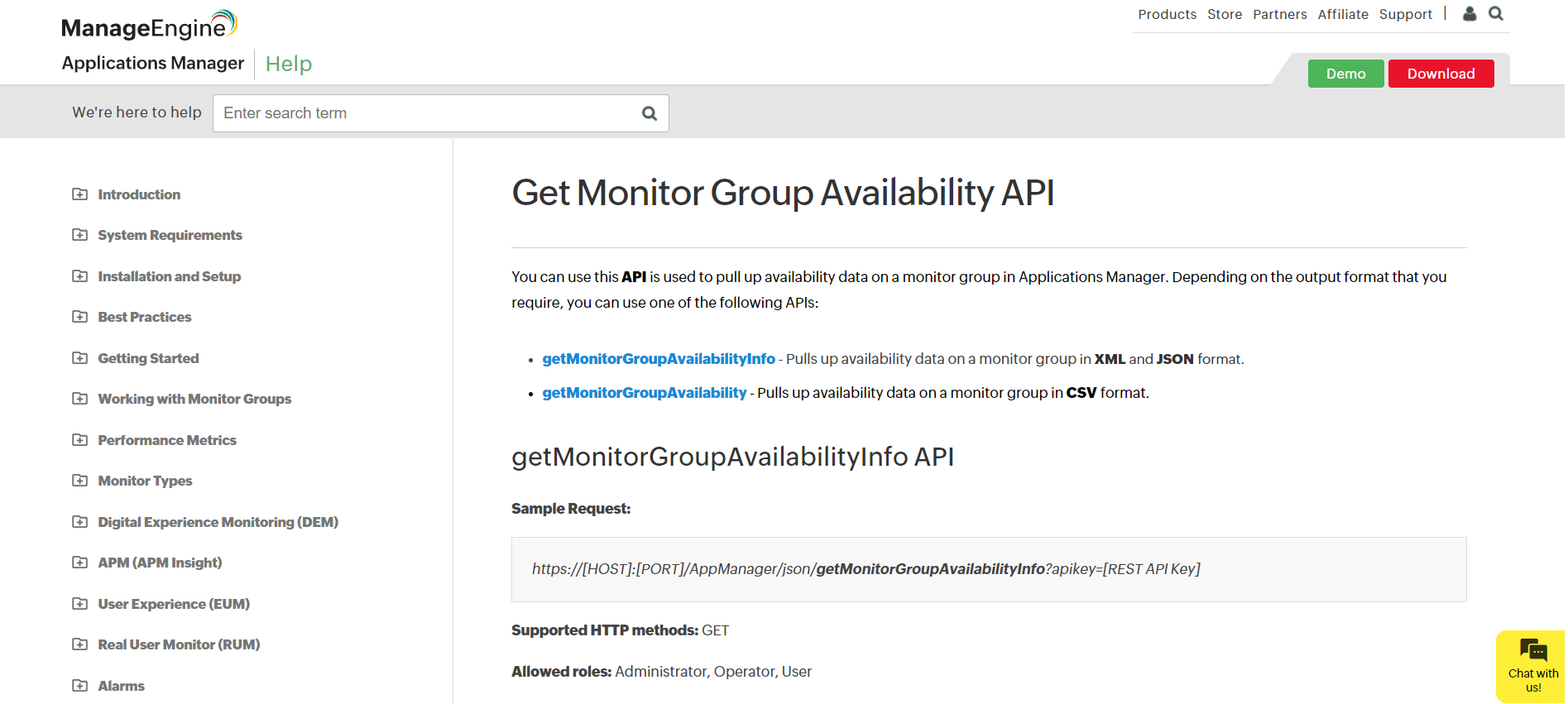
API (Application Programming Interface) documentation provides developers with comprehensive information about effectively using an API in software development.
It usually includes an overview of the API’s purpose, functionality, and supported programming languages. Detailed documentation is provided for each API endpoint, including input parameters, expected output, error handling, and recommended best practices.
For example, Google Maps API documentation would introduce the API and its key features and explain how it enables developers to incorporate maps and location-based services into their applications.
6. Software Development Kit (SDK) Documentation
SDK documentation guides developers using a software development kit to create applications for a specific platform or system.
It usually includes an overview of the SDK’s purpose, supported programming languages, and system requirements. SDK documentation often includes guides, tutorials, code samples, API references, and troubleshooting advice.
For example, the Android SDK documentation would introduce the SDK and explain how it enables developers to create Android applications using Java or Kotlin.
7. Release Notes

Release notes provide information about new features, changes, and bug fixes in a software release. They usually accompany software updates or patches and help users understand how to use new functionality or address known issues.
Release notes may also include a summary of changes, step-by-step instructions for utilizing new features, and a list of fixed bugs or known issues.
For example, Microsoft Office 365 release notes would provide an overview of new features introduced in a specific update, such as a new collaboration tool or enhanced security measures.
8. Customer Support Manuals

Customer support manuals provide information that customers need to troubleshoot and resolve problems related to a product or service. They cover common issues, frequently asked questions (FAQs), and troubleshooting tips.
Customer support manuals may also include contact information for further assistance, such as phone numbers or email addresses.
For example, a help desk support manual would include a list of common customer inquiries or issues, such as password resets, software installation problems, or billing inquiries.
9. Marketing Support Manuals
Marketing support manuals provide information about a product or service, including its value proposition, features, and benefits. Sales and marketing teams normally use these manuals to communicate key selling points to potential customers.
They may also include product brochures, presentations, case studies, or comparison charts to showcase the product’s advantages. For example, a product brochure would provide:
- An overview of a new smartphone’s features
- Emphasizing its camera capabilities
- Battery life
- User-friendly interface.
10. IT Support Manuals
IT support manuals provide knowledge and information that IT support technicians need to resolve problems related to software, hardware, and networking.
These manuals typically cover various topics, such as troubleshooting common issues, configuring network settings, and maintaining hardware and software infrastructure. They may include step-by-step procedures, flowcharts, or troubleshooting matrices to guide IT technicians through problem-solving processes.
For example, a server administration guide would provide detailed instructions for setting up and maintaining server hardware and software.
FREE. All Features. FOREVER!
Try our Forever FREE account with all premium features!
Examples of Technical Manuals
Now that we have discussed the types and best practices, let’s look at some of the best examples of technical manuals.
Manage Engine
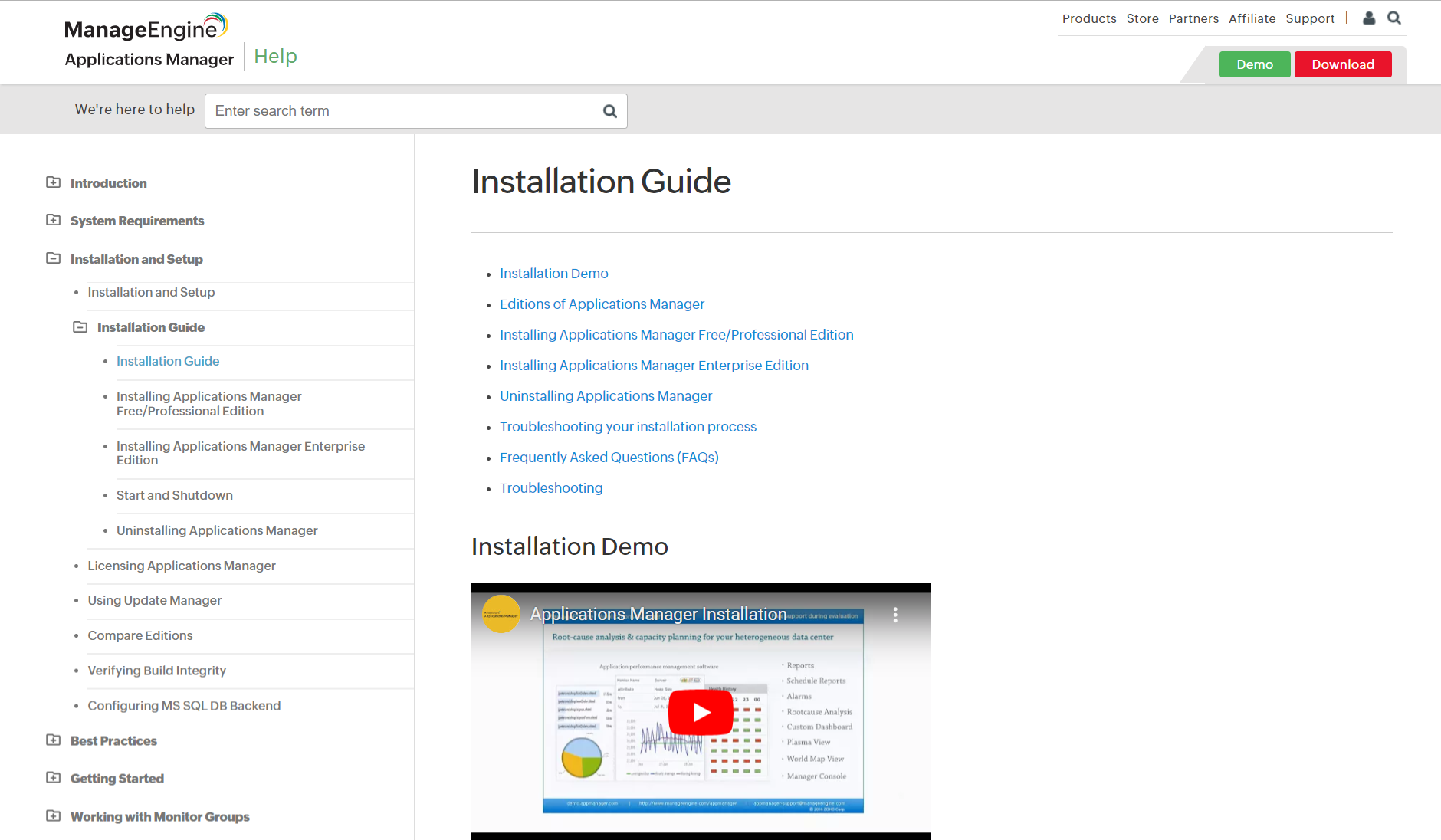
Image source: Manage Engine (Created With ProProfs Knowledge Base)
ManageEngine provides a comprehensive and organized user guide for Amazon Web Services (AWS) monitoring tools.
The guide is structured clearly and concisely, with various sections dedicated to different areas of the product, including identity and access management, enterprise service management, and more.
Their short, embedded YouTube video explains the topic perfectly, adding interactivity and authenticity to the post.
IDS
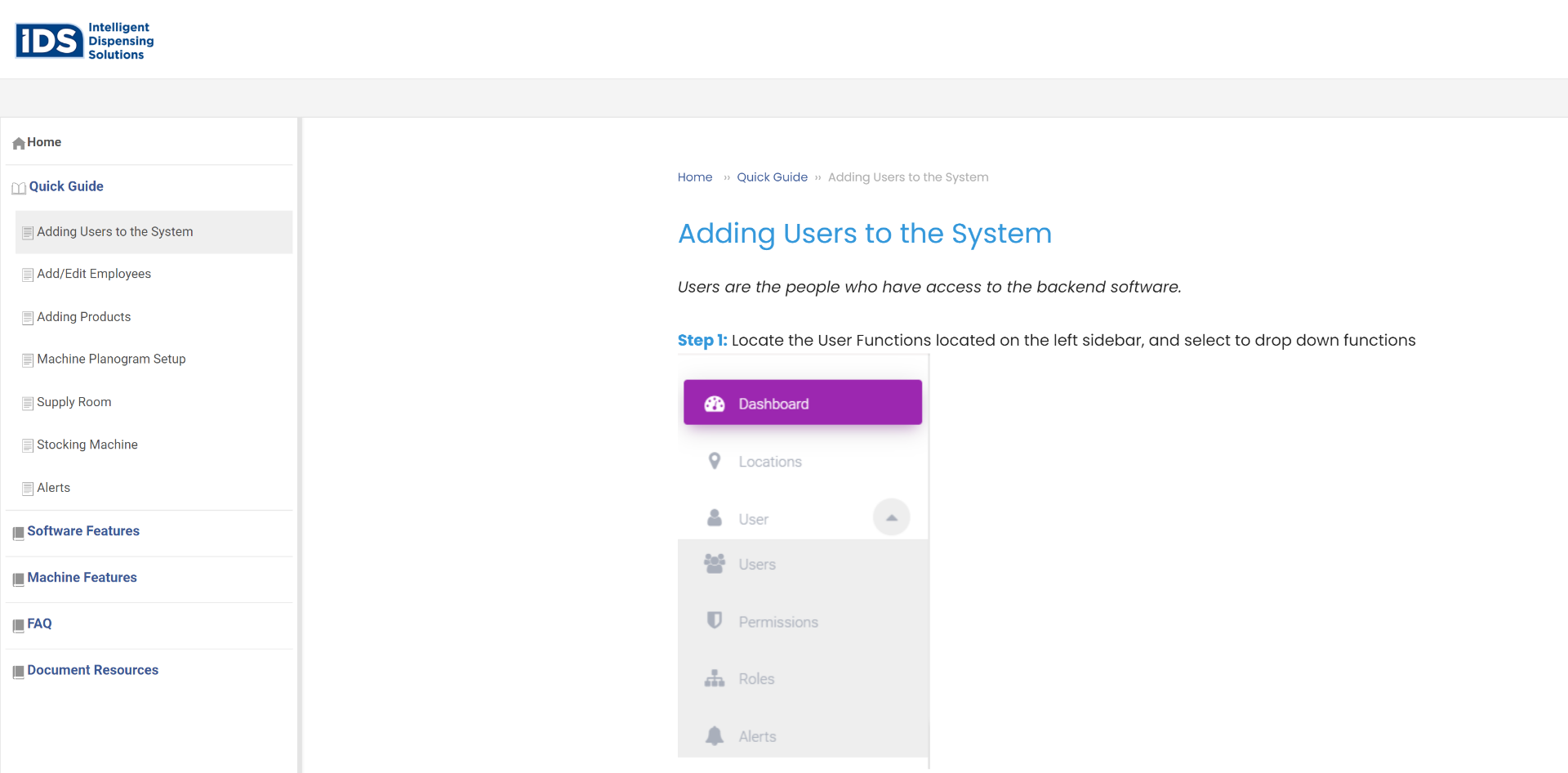
Image source: IDS (Created With ProProfs Knowledge Base)
IDS has organized its technical manual into different sections and menus to help users navigate and find the specific information they want.
The ‘Create a Supply Room’ page provides a step-by-step guide on creating a supply room. The approach is focused on giving clear instructions with numbered steps and brief explanations.
Apple

Apple’s manual on sharing content between devices showcases its technical manual writing approach.
It emphasizes maintaining a consistent voice across all materials, focusing on the reader using inclusive language, and providing clear, high-quality, and readable content. Apple users can easily scan through this article and learn how to share content between devices.
Improve Self-Service & Product Usage With Helpful Technical Manuals
Whether your users are beginners or experts, detailed technical manuals ensure they can understand and effectively utilize complex products.
Creating technical manuals using dedicated knowledge base software greatly benefits content organization, accessibility, and collaboration. It enables pre-designed customizable templates specifically tailored for resources like technical manuals.
ProProfs Knowledge Base enables just that and more, allowing users to customize their help site or knowledge base with your brand logo, colors, and themes to reflect your brand identity. Its AI Writer with built-in prompts and suggestions to make your document creation process fast and error-free.
Frequently Asked Questions
How long should a technical manual be for maximum effectiveness?
A technical manual should be concise yet thorough, typically ranging from 30 to 100 pages, depending on complexity.
Focus on clarity and accessibility; include only relevant information, and avoid unnecessary details to keep it user-friendly.
What are the best tools for creating technical manuals and their ideal use cases?
ProProfs Knowledge Base is the most user-friendly tool available. It outshines its competitors with its pricing transparency and a Forever Free Plan. Its AI Writer helps you create error-free manuals fast and easy.
What are the best practices for maintaining and updating technical documentation?
Best practices include using version control, maintaining an update schedule, and tracking feedback. Regular reviews ensure accuracy, and a feedback loop helps address issues.
Always prioritize clarity and make updates based on user needs and technical advancements.
Can you provide a template or checklist for writing and formatting a technical manual?
Use a template that includes sections for an introduction, step-by-step instructions, troubleshooting, and safety guidelines.
Ensure consistency in formatting, use numbered lists for steps, include visual aids, and maintain a professional and clear writing style.
 Tips
Tips
We’d love to hear your tips & suggestions on this article!
FREE. All Features. FOREVER!
Try our Forever FREE account with all premium features!



 We'd love your feedback!
We'd love your feedback! Thanks for your feedback!
Thanks for your feedback!




